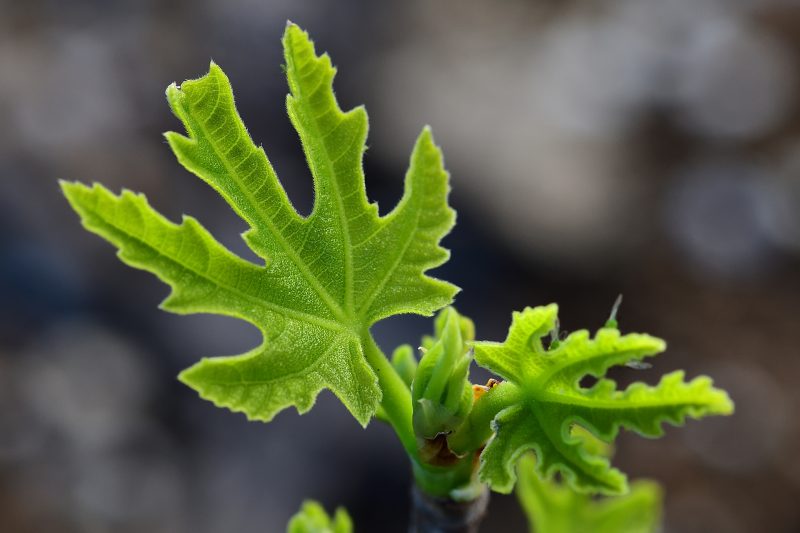When I bought this property in November 2004, it had no landscaping. There was crushed rock in the front yard and a formidable infestation of Bermuda grass in the back yard.
I’ve done most of the landscaping work myself. This includes the landscape design, planting, weeding, and other maintenance tasks. To learn how to do these things properly, I’ve taken free or low-cost classes through the University of Arizona Cooperative Extension, Watershed Management Group, Brad Lancaster, and NEST, Inc.
These classes have helped me avoid major mistakes, but I will confess to over-pruning my mesquite trees back in 2006. A few weeks later, a UA Cooperative Extension instructor advised against pruning mesquites at all.
So, I’m letting them grow back the way they want to. And that’s just what they’re doing…

I’ve hired outside help for tasks like underground utility location, digging and rock-lining of the drainage swale that runs from the back yard to the front, delivering and distributing inorganic and organic mulch, digging planting basins, and uprooting the aforementioned Bermuda grass.
A tight budget has dictated my choice of plants: low water use only. It also has dictated how I acquired plants. I brought potted prickly pear and aloe from where I’d been renting before. Friends and neighbors contributed others, and the rest were purchased from plant sales, private nurseries, and Trees for Tucson.
Since I wasn’t too keen on installing an irrigation system and paying a higher water bill, I decided to use greywater and rainwater to keep the landscape going. My greywater harvesting system is simple: I capture water from my bathtub and kitchen sink, then bucket it out to the plants.
My greywater harvesting equipment consists of one siphon and three plastic buckets. Since the tub drain plug leaks, I seal it off with a ring of plumber’s putty. Total cost of this equipment: Less than $20.00. The only ongoing cost is the purchase of Oasis biodegradable soap that I wash dishes and bathe with.
I’ve adopted a xeriscaping approach out of necessity. Buckets of greywater can get heavy in a hurry. That’s as good a reason as any to keep the “oasis” plants close to the house. I would like to add a rainwater harvesting cistern to the mix, but that’s down the road. For now, the plants are doing just fine with my bucket system and occasional supplementation from that Great Watering Can in the Sky.
